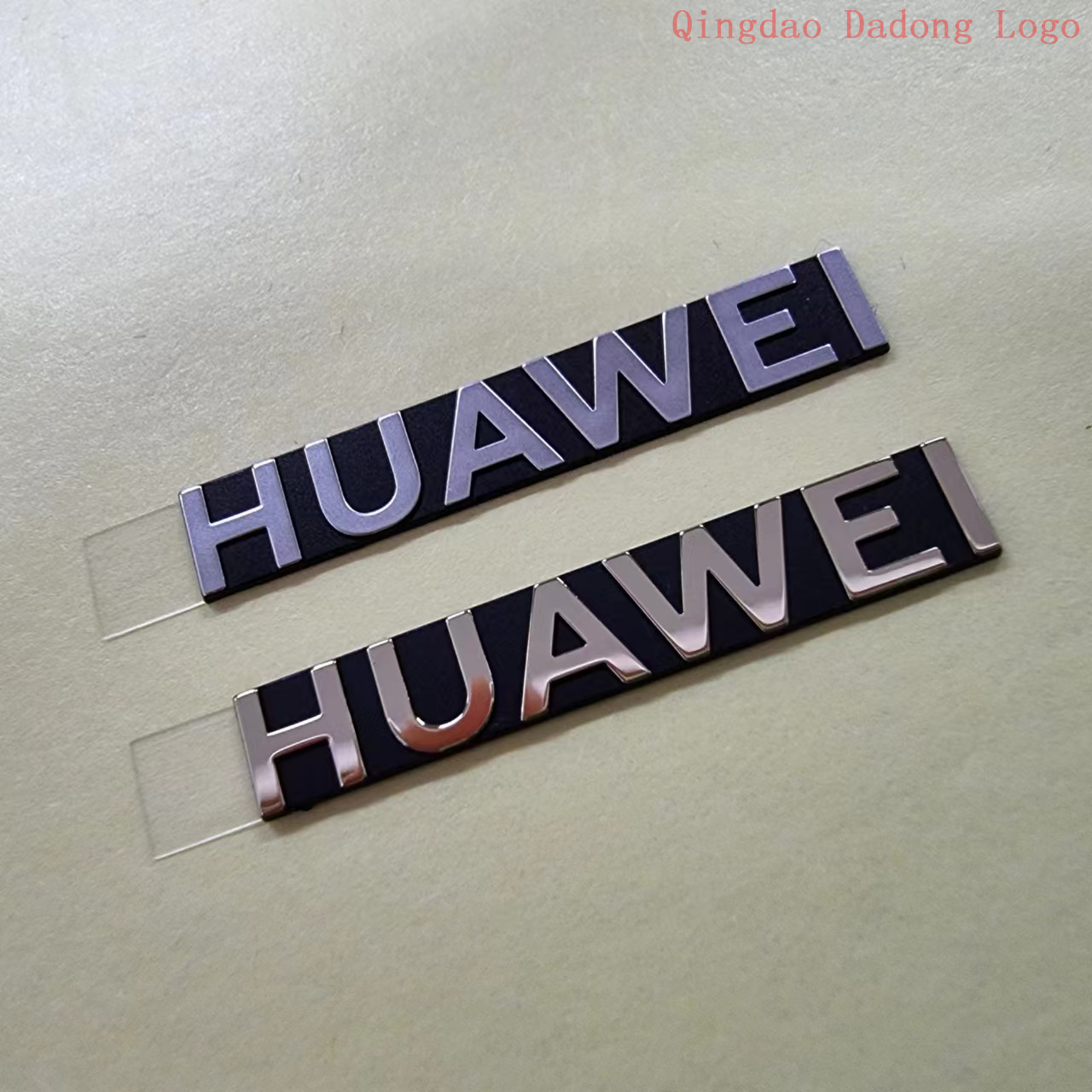NEWS
Electroforming: a shining pearl in the field of metal processing
Writer:admin Time:2024-12-30 17:51 Browse:℃
1、 Unveiling the Principle of Electroforming
Electroforming is based on the core principle of electrolysis process.
The carefully designed mother mold is used as the cathode and placed in the electrolytic cell, while the anode is made of the same material as the required deposited metal.
When direct current is applied, the metal atoms at the anode lose electrons under the action of electric field force and transform into metal ions that enter the electrolyte.

These metal ions acquire electrons on the surface of the cathode mother mold, are reduced back to metal atoms, and gradually accumulate according to the shape and texture of the mother mold.
Over time, the surface of the master mold will be uniformly covered with a metal layer of a specific thickness, accurately replicating the subtle features of the master mold with a replication accuracy of micrometers or even nanometers.
Once the deposited layer reaches the predetermined thickness, carefully separate it from the master mold to obtain an electroplated product that is almost identical to the master mold.
2、 Full Analysis of Electroforming Process Flow
Preparation stage of master mold: The master mold is the cornerstone of electroplating, and its quality directly affects the quality of the final product.
According to the specific requirements of electroformed products, the selection of materials for the master mold is diverse, including metal, plastic, wax mold, and silicone.
For mother molds with simple shapes and low precision requirements, traditional mechanical processing or casting methods can meet the needs and complete the production quickly and efficiently.
However, for mother molds with complex shapes and extremely high precision requirements, advanced CNC machining technology, 3D printing technology, or high-precision electrical discharge machining technology are needed to carefully carve every detail, ensuring that the surface smoothness, dimensional accuracy, and subtle features of the mother mold reach a nearly perfect state, laying a solid foundation for subsequent electroplating processes.
Key steps of pre-processing: Comprehensive and meticulous pre-processing is crucial before the master mold enters the electroplating process, which is the key to ensuring the smooth progress of the electroplating process and the tight bonding between the electroplated layer and the master mold.
Firstly, chemical degreasing, ultrasonic cleaning, and other methods should be used to thoroughly clean the master mold, removing oil stains, dust, impurities, and possible oxide layers.
After cleaning, it is necessary to activate the master mold through acid etching, electrochemical activation and other methods to construct a uniform and active microstructure on the surface of the master mold, enhance the adsorption capacity of the master mold for metal ions, effectively prevent adverse phenomena such as peeling and detachment of the electroplated layer, and create favorable conditions for high-quality deposition of the electroplated layer.
The core process of electroplating: The pre treated master mold is firmly fixed at the cathode position of the electroplating tank and completely immersed in a specially formulated electrolyte.
The composition and various parameters of the electrolyte, such as metal ion concentration, pH value, temperature, and additive composition, need to be accurately adjusted according to the type of deposited metal and product performance requirements.
These parameters work together to regulate the deposition rate and quality of metal ions, as well as the microstructure and properties of the electroplated layer.
In the electroplating process, current density is a key factor that not only significantly affects the deposition rate, but also plays a critical role in the crystal morphology, hardness, internal stress and other performance indicators of the electroplated layer.
In general, it is necessary to comprehensively consider various factors such as the shape and size of the master mold, the type of metal to be electroplated, and the quality requirements for the electroplated layer, and determine the appropriate current density through precise experiments and calculations, while maintaining its stability throughout the entire electroplating process.
As the electroplating time continues to advance, metal ions continue to deposit on the surface of the master mold, and the thickness of the electroplated layer increases uniformly.
During this period, operators need to closely monitor the changes in electroplating parameters, adjust and optimize process conditions in a timely manner, and ensure the stability of the electroplating process and the consistency of the quality of the electroplated layer.
CATEGORIES
LATEST NEWS
CONTACT US
WhatsApp: +8615806503075
Tel: +8615806503075
Email: percy@dadonglogo.com
Addr: 7 Tonghe Road, Pingdu, Qingdao
